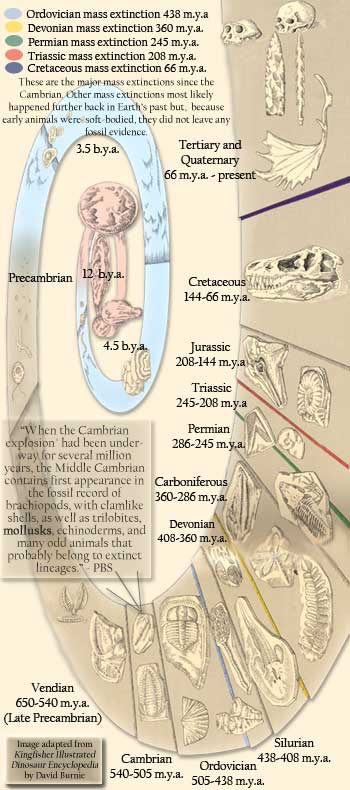
Edward T. Babinski: The first billion years of the earth's formation there was no life so far as anyone knows. The earth was being bombarded with debris as it cooled. And the early pre-Cambrian contains no fossilized evidence of even the simplest life forms. Some say that perhaps life or reproducing chemicals formed more than once and were destroyed more than once as asteroids from the early star system continued colliding with earth and the other planets, i.e., before the orbiting ring of matter round the sun had assumed more regular and less dangerous orbits.
Also see, Evolution of Mollusca
Excerpts from PBS The Cambrian Explosion
For most of the nearly 4 billion years that life has existed on Earth, evolution produced little beyond bacteria, plankton, and multi-celled algae.
Beginning about 600 million years ago in the Precambrian, the fossil record speaks of more rapid change. First, there was the rise and fall of mysterious creatures of the Ediacaran fauna, named for the fossil site in Australia where they were first discovered. Some of these animals may have belonged to groups that survive today, but others don't seem at all related to animals we know.
Between about 570 and 530 million years ago, another burst of diversification occurred, with the eventual appearance of the lineages of almost all animals living today.
This stunning and unique evolutionary flowering is termed the "Cambrian explosion," taking the name of the geological age in whose early part it occurred. But it was not as rapid as an explosion: the changes seems to have happened in a range of about 30 million years, and some stages took 5 to 10 million years.
Recently, minute fossil embryos dating to 570 million years ago have also been discovered. Even organisms that hadn't evolved hard parts, and thus didn't leave fossils of their bodies, left fossils of the trails they made as they moved through the Precambrian mud. Life was flourishing long before the Cambrian "explosion".
The best record of the Cambrian diversification is the Burgess Shale in British Columbia. Laid down in the middle-Cambrian, when the "explosion" had already been underway for several million years, this formation contains the first appearance in the fossil record of brachiopods, with clamlike shells, as well as trilobites, mollusks, echinoderms, and many odd animals that probably belong to extinct lineages. They include Opabinia, with five eyes and a nose like a fire hose, and Wiwaxia, an armored slug with two rows of upright scales.



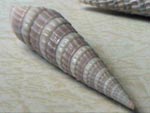

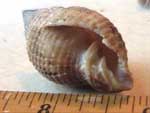





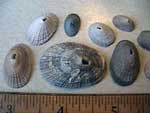

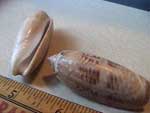
No comments:
Post a Comment